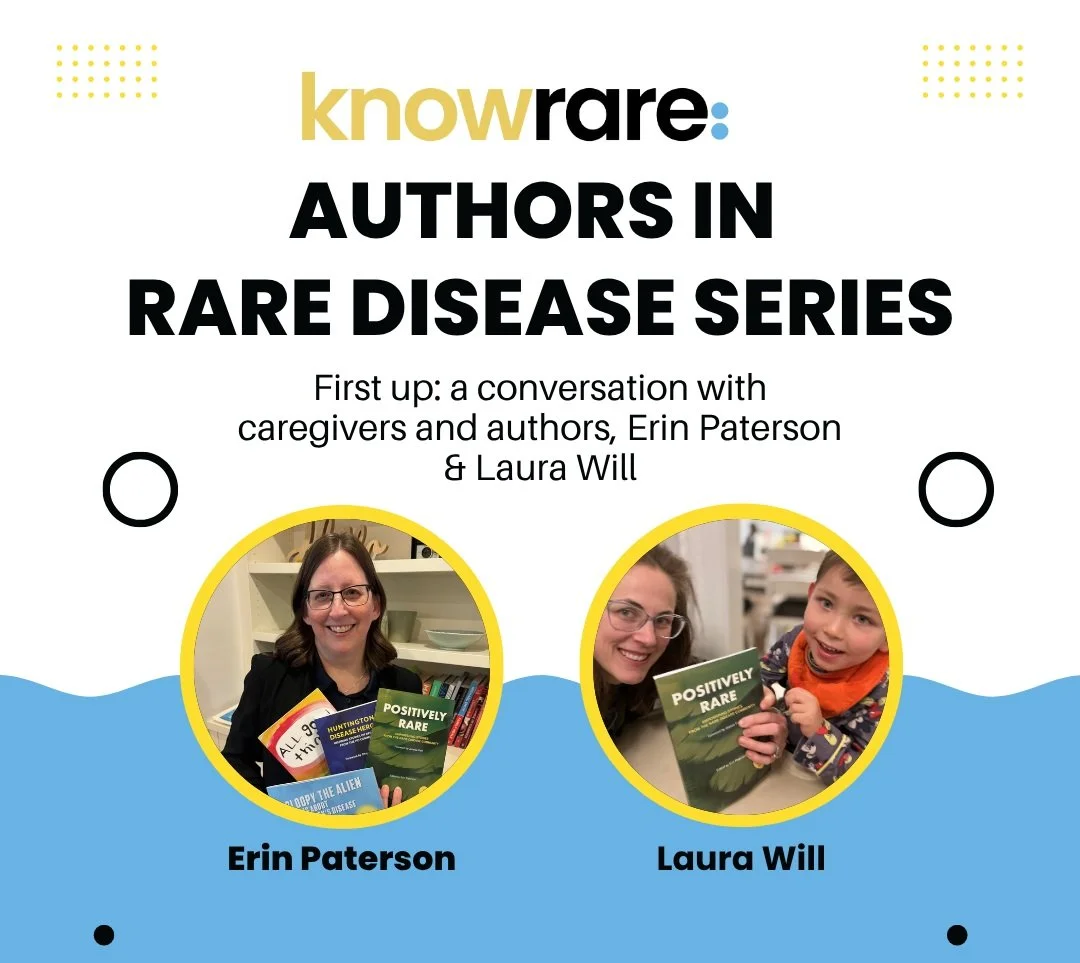Clinical Trials: One Mother's Journey to Treatment
Tali was on the hunt. It had been over a year since her daughter Sarena was diagnosed with a rare seizure disorder, and she was still searching for a clinical study that could lead to a possible treatment for her condition. Two-year-old Sarena was diagnosed with Dravet Syndrome a rare form of epilepsy, a year earlier, after she suffered a sudden seizure that sent her to the hospital. A year after that distressing episode, Tali got word of a clinical trial through a Dravet Syndrome advocacy group that she had joined and felt a surge of hope. She was determined to find out how to apply.
Through contact with Know Rare, Tali learned about two other clinical studies for children with Dravet Syndrome like Sarena, but she wasn’t sure which one was right for her daughter. She asked her pediatric neurologist—even though he wasn’t an expert in Dravet, she trusted his insight and advice. He clarified the difference between the clinical trials: the study she found through the advocacy group was a Phase I study, which means it was still in the early stages of research. One of the other two studies was a Phase 2 study, which is the stage at which effectiveness is tested. The third was a Phase 3 study, which is typically the last phase before a medication is approved. Despite all of these clinical study options, the neurologist advised her to wait before joining one. There was a recently approved new treatment for Dravet, he explained, that she might want to try first.
Tali and Sarena’s situation was unusual. For most people living with a rare disease, there are no approved treatments available, and clinical trials are possibly their only option and only hope for a cure. In fact, only five percent of rare diseases actually have treatments that are approved by the FDA. Further complicating matters, most people don’t know how to go about finding a clinical trial, or figuring out how to participate in one. A recent survey conducted by Know Rare found that among 100 people living with a rare disease, more than 75 percent wanted to participate in a clinical study, and wished they would have known about one. More than 80 percent of the respondents had not been offered information about a clinical trial by their doctors.
Meanwhile, biotechnology and pharmaceutical companies are often unable to complete clinical studies because they can’t find the number of participants needed. They rely primarily on physician researchers to find participants. However, when it comes to rare diseases, patients are often being seen by multiple physicians, and often ones who are not knowledgeable about clinical studies or rare diseases. This type of disconnect between trial and patient is common—which means there’s a potential gap between treatment and patient.
How can we bridge that gap? Below, Know Rare offers tips and insights to help you understand and navigate the process of finding and participating in clinical studies.
How to find a clinical study for your rare disease
The most comprehensive source of clinical studies is the database of clinical studies in the US found on clinicaltrials.gov. All new studies that are in search of participants are listed there, and the database can be searched by the state of one’s disease. However, the clinical trial listings on this site are complicated, and very difficult for the average person to understand. Here’s a quick guide to the terminology you might find in a clinical trial listing:
Phase I, Phase 2, Phase 3:
These are the three stages of study for a new medication before it’s submitted to the FDA so that it can be approved for prescription.
Phase I studies are designed to study the safety of the medication.
Phase 2 studies are designed to see if the medication is effective.
Phase 3 studies are the final step, and have more participants to make sure the Phase 2 results are similar in a larger group of people with the condition or disease.
Prior to these phases is the Pre-clinical phase:
During this phase, the medication is tested in a laboratory for safety before being tested in humans. For further explanation of the phases of a clinical study, please see NIH —The Basics.
In addition to the phase of the study, the study type can be described as:
Biomarker: these are studies that are looking for risk factors, signs of disease, or severity of disease.
Natural history studies: these studies show how the symptoms of a disease can change or progress over time.
Interventional studies: these are studies of medications, devices, or non-medical therapies that can be used to treat a condition or symptoms of that condition
Another important element in a clinical trials listing is the inclusion/exclusion criteria.
The inclusion criteria are the qualities a person must have to be eligible to participate in a study. By reviewing these qualifications, you can tell if you are likely to be accepted as a participant. Here are some examples of the kinds of criteria patient might need to meet in order to qualify for a study:
Your diagnosis and how long you’ve been diagnosed
Your age
The symptoms you experience
Whether you are taking medication for the condition or not
Lab test results (such as blood tests results; platelet levels (high or low); white blood cell levels;, kidney and liver results)
Exclusion criteria are the factors that may prevent a patient from participating, such as:
Certain medications you might be taking, or a recent change in medication
Other conditions you may have (such as heart disease, liver disease, etc.)
If you are pregnant or nursing
The last important item in the clinical trials listing is the locations of study centers. The name of the study center is not always listed, but the state and city where the center is located usually is. There may be an email address to contact if you are interested in learning more about the study.
Deciding whether to participate is not always an easy decision, but doing so can offer the potential to help not just you, but other individuals with the same condition in the future. It’s important to manage your expectations, because not every clinical trial results in an approved medication. Many medications fail to meet their goals and are not effective enough to be approved. But if you do participate in a study and the medication seems to be working well for you, you may be able to continue receiving the medication free of cost for an extended period of time, until it’s approved by the FDA for use. (Note that different studies can have different extended use provisions).
If you want to learn more about participating in a clinical trial, here are some great educational resources:
If you need help connecting to a clinical trial, Know Rare can help.
































